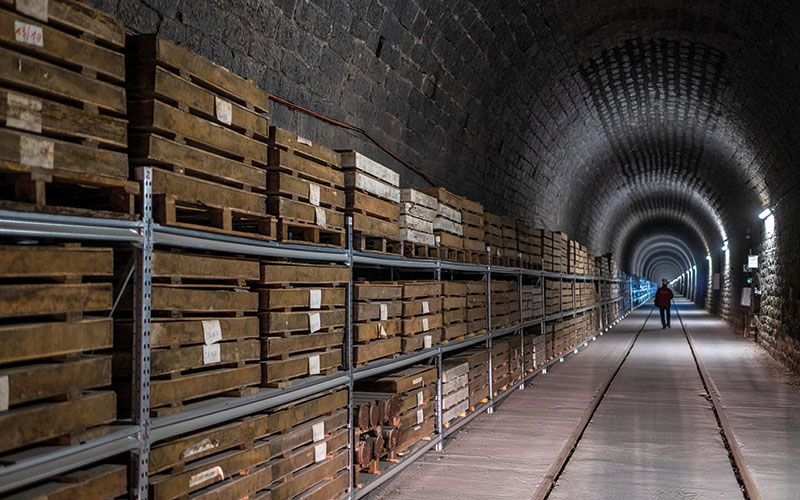Finding a solution for the legacies of UK nuclear power
Managing radioactive waste needs an integrated approach, says Karen Wheeler at Radioactive Waste Management

Radioactive waste must be managed safely and responsibly to protect people and our environment. Around 90% of the UK’s radioactive waste generated during the past 70 years is classified as low-level and is already being safely disposed of at the Low-level Waste Repository in Cumbria or other existing and specially designated, licensed surface facilities.
The remaining 10% is classed as higher activity waste, which will continue to be radioactive for thousands of years. This is currently being stored safely and securely in interim facilities at more than 20 locations around the country. Still, these facilities require constant monitoring, ongoing maintenance and the costly re-packaging of waste over the long-term. They will also remain vulnerable to the environmental and social risks and changes, such as glaciation, sea-level changes and extreme weather, that will occur over many thousands of years.
GDF – the best option for hazardous waste
We need to safely and permanently dispose of this waste in a geological disposal facility (GDF) – a highly engineered network of vaults and tunnels built into the rock many hundreds of metres underground to ensure no harmful levels of radiation ever reach the surface environment.
Geological disposal is internationally recognised as the best long-term solution for higher activity radioactive waste. The UK government adopted geological disposal as its policy for managing this type of waste following recommendations from the Independent Committee on Radioactive Waste Management. The Committee has carefully considered many alternatives to geological disposal, but they are not technically achievable, not environmentally safe, or too dangerous to implement.
I am proud to be leading RWM’s work to deliver a GDF.
A subsidiary of the Nuclear Decommissioning Authority group, we are working together with those who produce and store nuclear waste to adopt an integrated approach, ensuring it is carefully managed to protect people and the environment, now and in the future.
We are also working in close collaboration with international partners who are ahead of the game. Countries including Sweden, Finland, France and Canada are already working on their plans to construct and operate their GDFs.
A suitable site and a willing community
In the UK, our approach is to find a suitable site and a community willing to host a GDF. Hosting a GDF will bring many benefits for the host community – its construction and operation will create substantial numbers of skilled jobs and training opportunities for decades, as well as other significant investment opportunities aligned to the community’s own long-term growth vision.
Evaluating whether a site is suitable and selecting a location will be done based on the following factors:
- Safety and security – must be assured and endorsed by independent regulators. A GDF will not be built unless we, and they, are satisfied it is safe
- Community – RWM will consider social and economic opportunities, community wellbeing, and how a GDF can align with the host community’s vision
- Environment – a GDF is a major environmental protection endeavour and construction of a GDF will need to meet independent regulatory requirements
- Engineering feasibility – RWM will need to ensure there is scope for sustainable and safe design and the ability to construct and operate a GDF in the location
- Transport – RWM will need to ensure the safe and secure transportation of waste, people and other materials
- Value for money – RWM has a duty to ensure that the costs of each potential location represent value for money
At RWM, we are at the start of the process to find a site for a GDF in the UK. We are actively engaging with people and communities across the country to help them find out more about the opportunities this long-term programme could have for them, so they can decide whether their community might be interested.
We feel it is really important that people understand our approach to siting a GDF, so I would encourage readers to visit the dedicated GDF website: www.geologicaldisposal.campaign.gov.uk.
By Karen Wheeler, Chief Executive, RWM
Find out more about opportunities in the nuclear sector with the EIC’s upcoming webinar on Tuesday 5 May, including Doosan, Rolls Royce, Sellafield, HR Wallingford, NDA and Nucear AMRC.
Image Credit | Getty






Follow us
Advertise
Free e-Newsletter